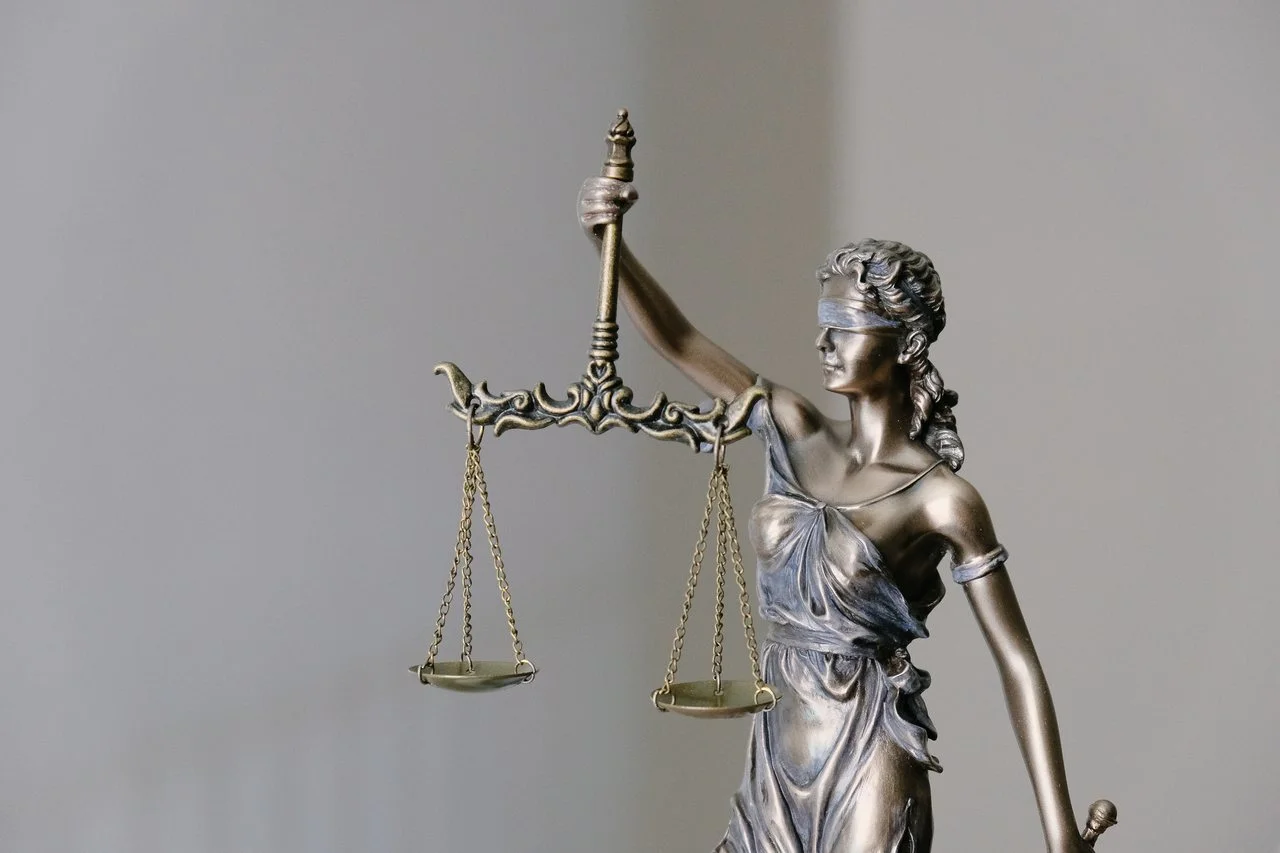The Role of Surveillance Footage in Personal Injury Claims

In personal injury cases, evidence plays a crucial role in establishing the facts and determining liability. One powerful type of evidence that can significantly influence the outcome of a personal injury claim in Florida is surveillance footage. Whether from security cameras, dashcams, or smartphones, video recordings can provide a clear, objective account of the events leading up to an injury.
Why Surveillance Footage Matters
Surveillance footage can be a game-changer in personal injury claims for several reasons:
- Accurate Representation: Video recordings offer an unbiased and accurate representation of the incident, showing exactly what happened and how it occurred. This can eliminate disputes about the sequence of events or the actions of those involved.
- Corroborating Evidence: Footage can support or refute witness testimonies and other evidence, strengthening the credibility of the claims or defenses. This can be particularly important when there are conflicting accounts of the incident.
- Timeliness: Videos capture the immediate aftermath of an accident, showing the conditions of the scene, the behavior of the parties involved, and the immediate responses. This can be vital in demonstrating the extent of the injuries and the hazardous conditions that caused them.
Types of Surveillance Footage
Several types of surveillance footage can be relevant in personal injury claims:
- Security Cameras: Common in businesses, parking lots, and public areas, these cameras can capture slip and fall accidents, assaults, and other incidents.
- Dashcams: Installed in vehicles, dashcams can provide footage of car accidents, showing the actions of drivers and the conditions on the road.
- Body Cameras: Used by law enforcement and security personnel, body cams can offer a perspective of incidents involving police or security interactions.
- Smartphones: Bystanders or the injured parties themselves may record videos on their smartphones, providing immediate and personal accounts of the incident.
How to Obtain Surveillance Footage
Securing relevant footage is critical for building a strong personal injury case. Here are the steps to follow:
- Identify Potential Sources: Determine where cameras might be located near the accident scene. This could include businesses, traffic lights, ATMs, or private residences.
- Request Footage Promptly: Surveillance footage is often overwritten or deleted after a short period. Act quickly to request copies from the property owners, businesses, or relevant authorities.
- Consult an Attorney: A personal injury attorney can help formally request footage through legal channels and ensure that all relevant evidence is preserved.
Using Surveillance Footage in Your Claim
Once obtained, surveillance footage can be utilized in several ways:
- Negotiations: Footage can be presented to insurance companies during settlement negotiations to demonstrate the strength of your case and encourage a fair settlement.
- Courtroom Evidence: If your case goes to trial, video evidence can be a powerful tool to persuade the judge and jury, providing a clear visual account of the incident.
- Expert Analysis: Sometimes, video footage may require analysis by experts, such as accident reconstruction specialists, to provide context and explanation for the events captured on tape.
Privacy Considerations
While surveillance footage can be invaluable, it’s important to consider privacy laws and regulations. Unauthorized recording or using footage from private property without permission can lead to legal issues. Always ensure that the acquisition and use of video evidence comply with Florida’s privacy laws.
Conclusion
Surveillance footage can play a pivotal role in personal injury claims in Florida by providing clear, objective evidence of the incident. Quickly identifying and securing relevant footage, and effectively using it in your claim, can significantly enhance your chances of a favorable outcome. Consulting with an experienced personal injury attorney can help navigate the complexities of obtaining and using surveillance footage, ensuring your rights are protected and your case is as strong as possible.